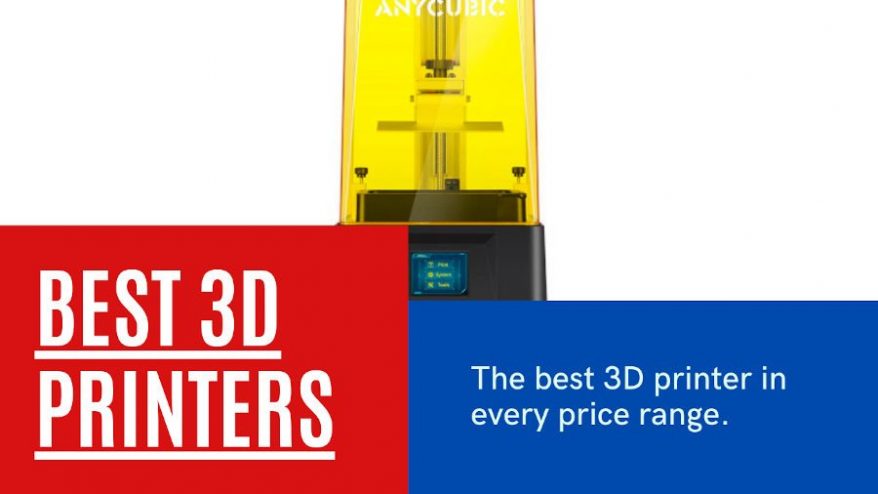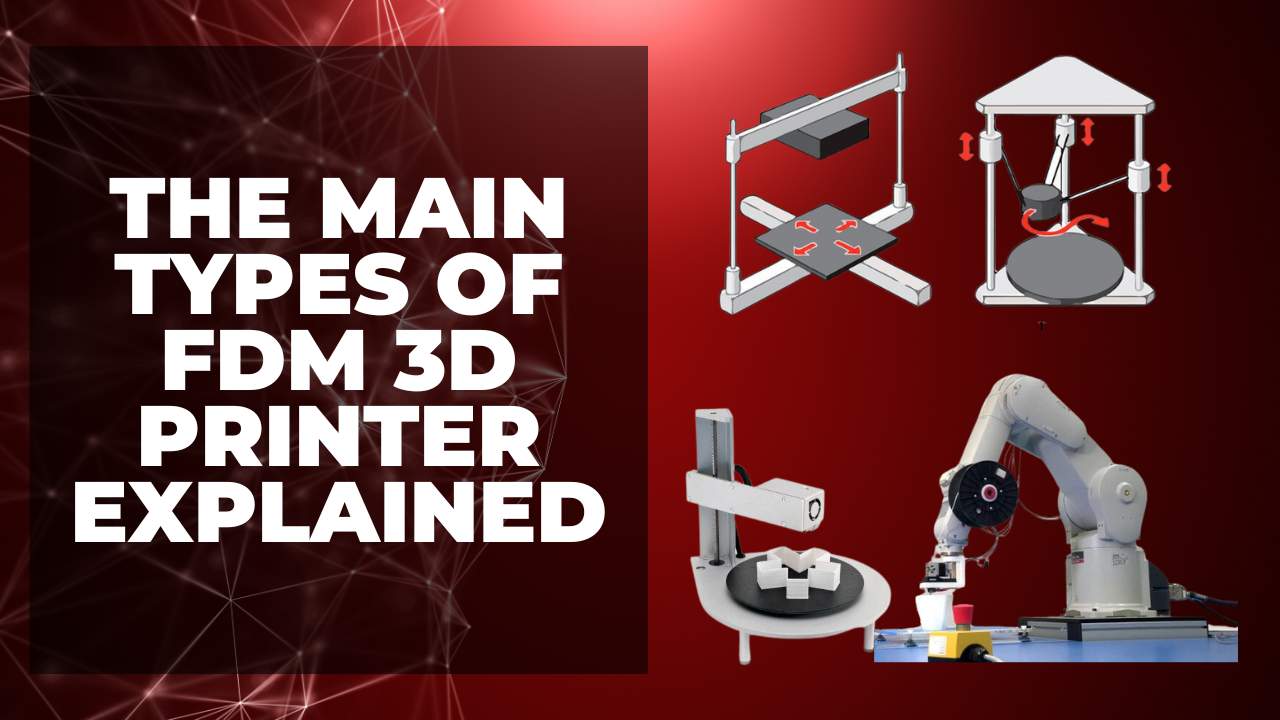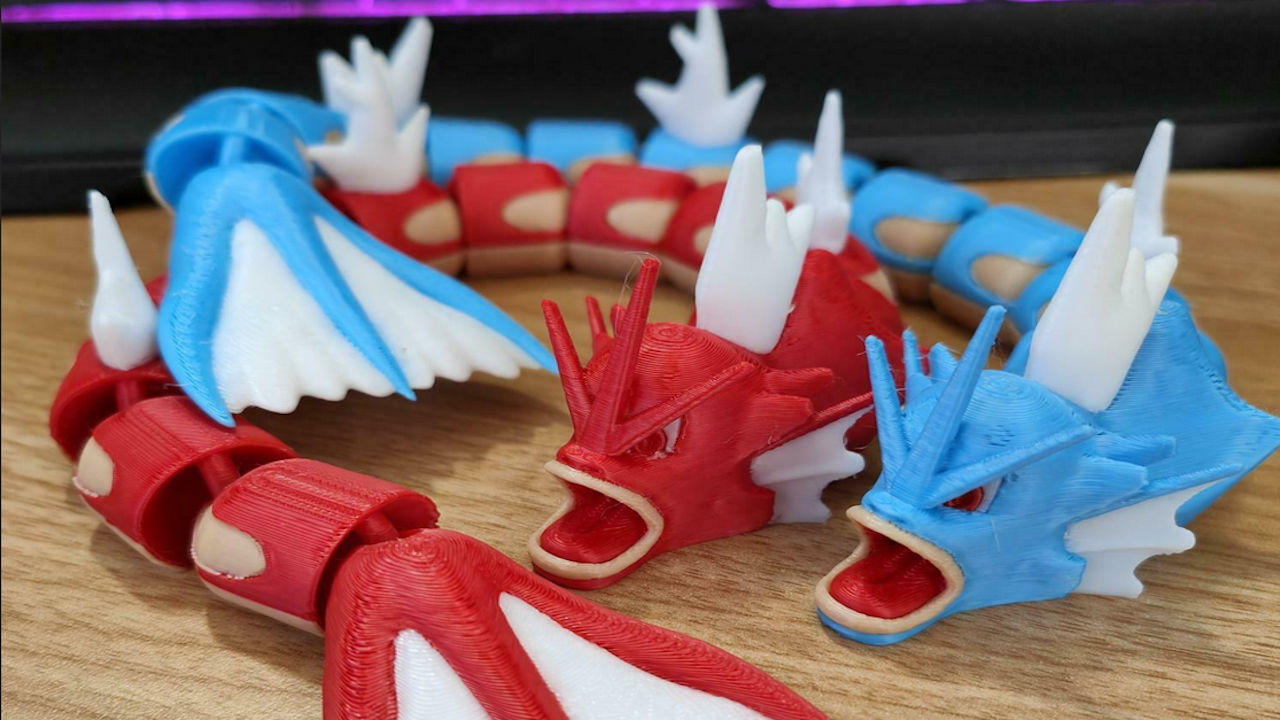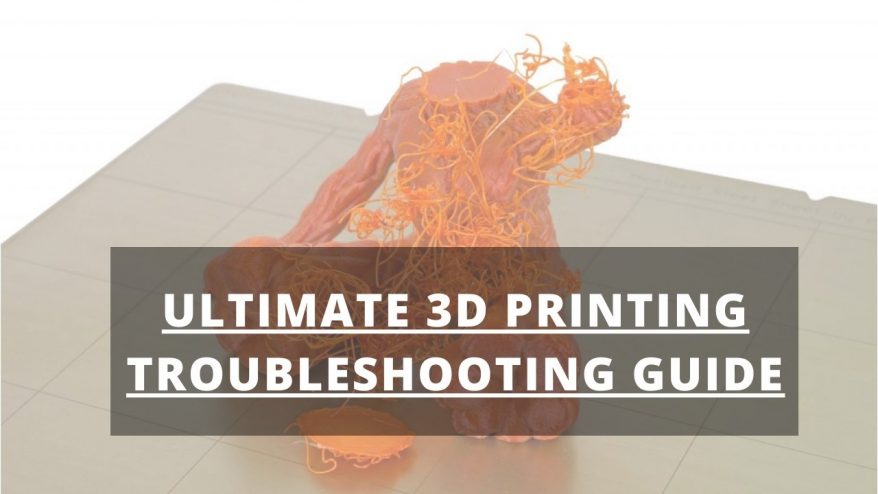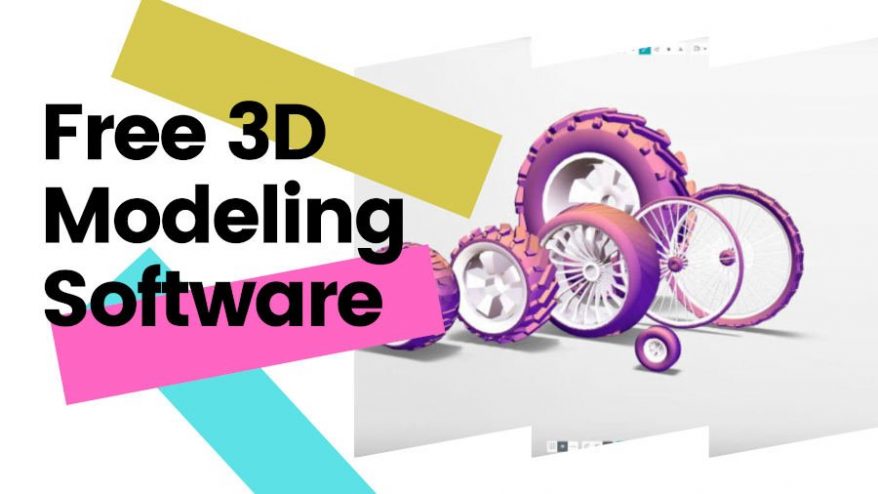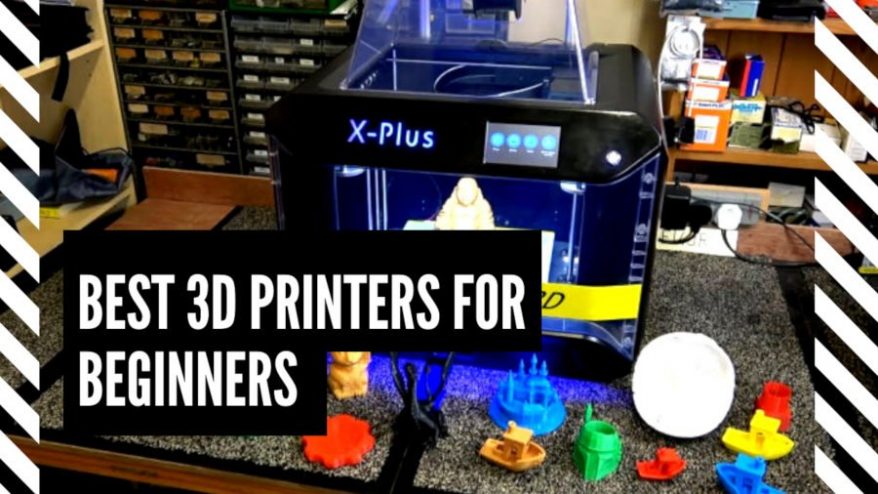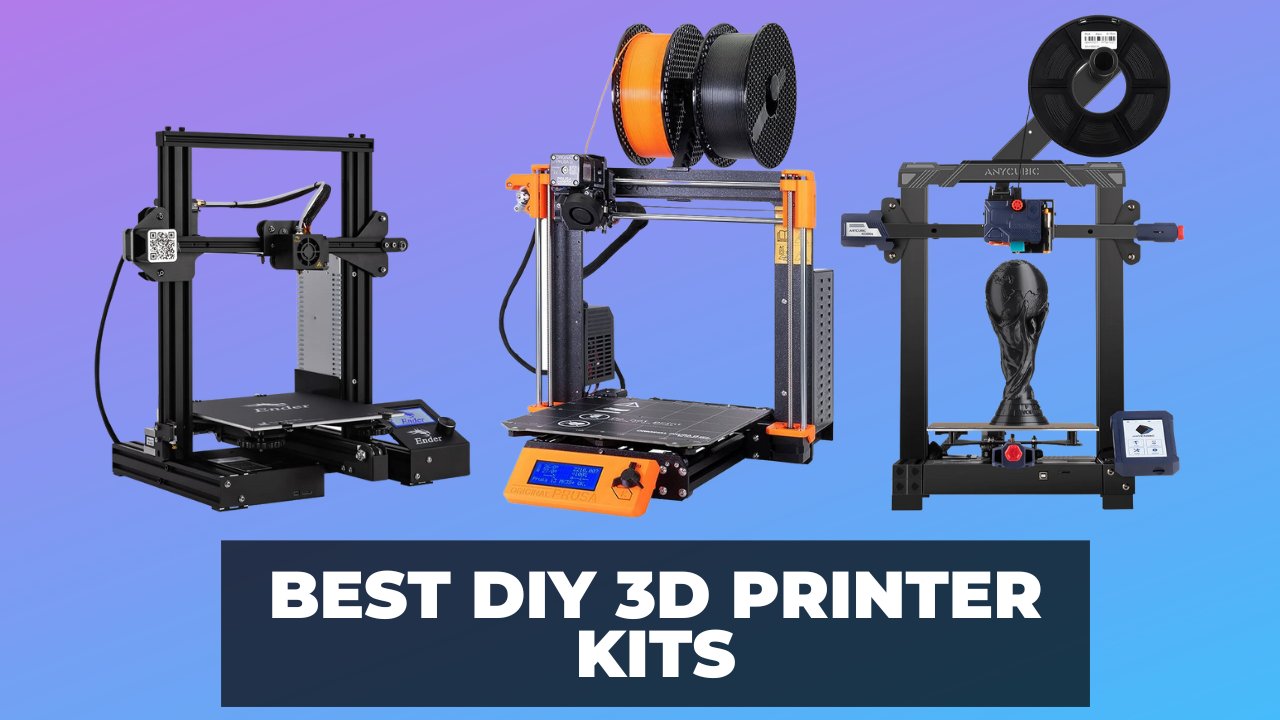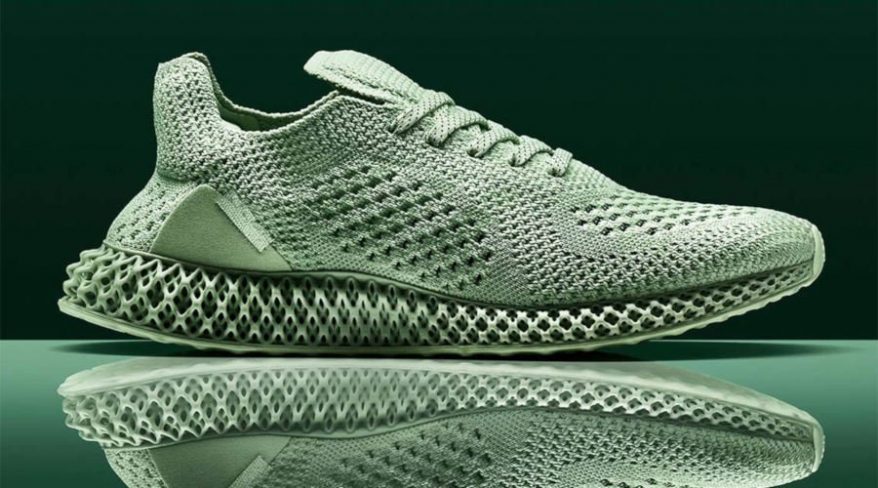Innovations within the fashion industry prove it is possible, but how far off are we from possessing an entire wardrobe of 3D printed clothes for ourselves?
- This feature story focuses on clothing. We also have a feature story dedicated to 3D printed fashion
With the growing expansion of areas in which 3D printing can be used, it is no surprise that the apparel industry is also in the process of being conquered. While the concept of printing our own 3D printing clothes from the comfort of our homes may seem outlandish, ground-breaking technological advances in the fashion industry prove that it is more a matter of when than if.
Well-esteemed fashion names, such as Zac Posen, have already made use of 3D printing to showcase intricate, often kaleidoscopic designs both on the runway and in exhibits like the Met Gala. But such cutting-edge innovation doesn’t run cheap, with million-dollar machines utilized throughout the lengthy processes, thus slowing its growth beyond high-end fashion and into the mainstream 3D printed clothing industry.
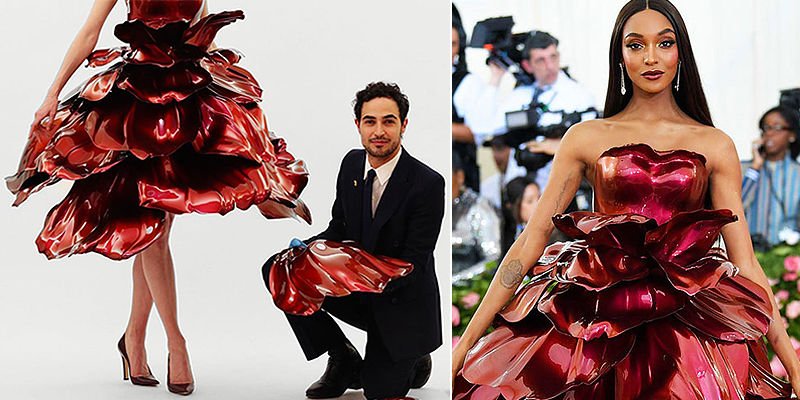
How has 3D printed clothing evolved in the fashion industry?
The draw to 3D printing, for most designers, likely stems from the possibility of creating something truly unique. With seasonality and trendsetting among the most important factors in fashion design, creative minds look to other technologies to break from the status quo.
Designers have previously toted agriculture and architecture as inspirations for unique designs in showcased collections, but the recent involvement of technology has seen fashion and art industries produce memorable pieces that seem more suited to the realm of science fiction.
To understand how the high fashion industry reached its current state of comfort with 3D printing however, it bodes well to acknowledge the respected roots of these innovations.
Iris Van Herpen
Dutch fashion designer Iris Van Herpen built a cult following through her compelling fusion of technology and traditional Couture. Renowned for her forward-thinking approach to fashion design, she unveiled several 3D printed apparel pieces as part of her Spring/Summer 2010 collection, in collaboration with 3D printing service and online marketplace Materialise, and artist Daniel Widrig.
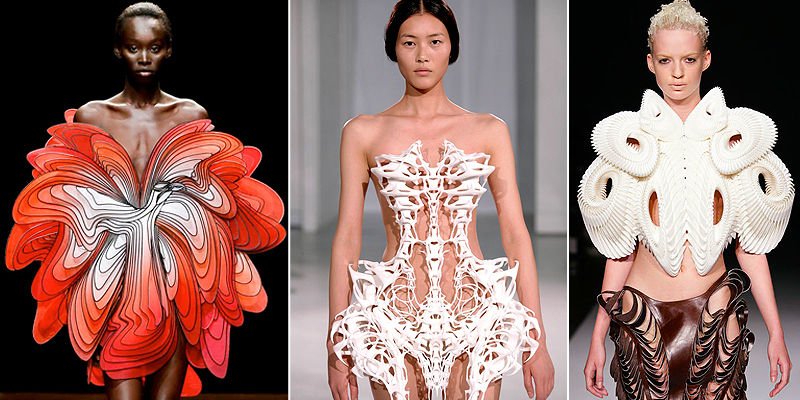
The mind-boggling collection was called Crystallization, with designs taking inspiration from the transformation of liquid into crystals. Van Herpen aimed to design a dress that would fall around the wearer like a splash of water, emulating the feeling of being immersed in a warm bath. She also had a fascination with the mathematical beauty of the hard-crystalline structures that appear when water freezes, and incorporated this into her geometric designs.
The 3D printed dresses were launched at the Amsterdam Fashion Week and made from Polyamide, various types of Ecco leather, a crystal-clear PETG filament and transparent lasered acrylic sheets.
The success of her first 3D printed fashion collection birthed an equally psychedelic follow-up collection, which Van Herpen named Escapism. This collection saw Van Herpen further push the boundaries of computer-aided manufacturing in haute couture fashion. Her sophomore collection saw the 3D printed dresses designed to be more lightweight and flexible in comparison to the bulky structures of Crystallization. This was the point when Van Herpen began to delve into more delicate, woven-like designs, which, to the average eye, were hard to differentiate from actual fabrics.
Voltage 3D printed clothing collection: Iris Van Herpen & Julia Koerner
Take the Voltage collection, for example, the stunning result of Iris Van Herpen and Julia Koerner’s collaboration with MGX by Materialise. The designs in this 2013 collection featured hair-like fibers — a far cry from the large designs of Van Herpen’s initial 2010 venture into 3D printing.
Using materials like laser-cut 3D polyester film lace, microfiber fabric, laser-cut transparent acrylic, and flexible 3D printed TPU filament, the pieces in this collection flowed across the body like a woven web. TPU is a flexible and stretchy, rubber-like filament that allowed for a delicate lace-like texture that partially came to fruition through the involvement of Koerner, whose background was in computational architecture.

How has 3D printed clothing transformed film and pop culture?
Black Panther 3D printed costumes
Julia Koerner’s unique style of 3D fashion design can also be spotted in costumes in the 2018 Marvel film, Black Panther.
To capture the film’s core theme of technology and traditional African roots, costume designer Ruth. E. Carter worked with Koerner to mimic the complex beaded and laced details imagined in fictional Wakandan attire using 3D printing.
When speaking to Afropunk, Ruth said: “We used different techniques to create textures and prints and patterns […] we 3D print on fabric which allows you to have a surface that could look beaded but it is actually moulded or screens on fabric. It has a hype to it so that you can make it look like anything.”
Julia Koerner played a vital role in creating the 3D printed crown and shoulder piece worn by Queen Ramonda, a character played by Oscar-winning actress Angela Bassett. When initially designing the costume pieces, Koerner based her own patterns on those generated parametrically by computer algorithms.
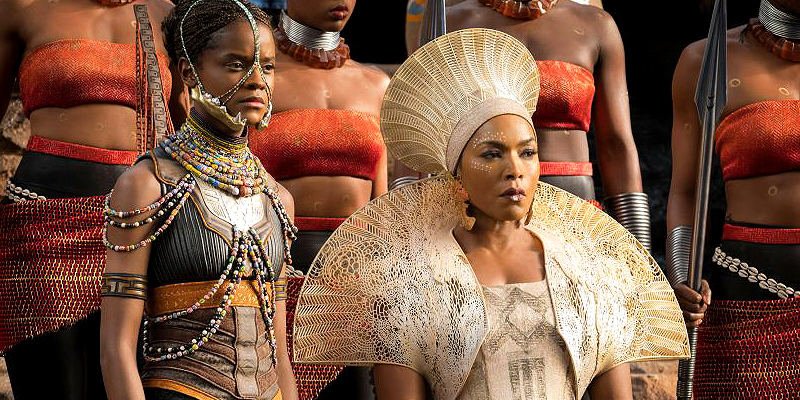
To do this, she and her team used visual programming software to develop the geometries for each piece and experimented until they found the right patterns. The eventual results were made on an SLS 3D printer from a polyamide material called PA 12, also known as Nylon, that provided a high level of accuracy, flexibility, and strength. The material was also chosen for its suitability to skin contact, making it ideal for fashion and costume designs.
These specific pieces are just a few examples of how 3D printing can elevate the diverse patterns traditionally found in textile fabrics.
Dita Von Teese 3D printed dress
In 2013, the same year in which Van Herpen’s Voltage collection was released, we saw the capabilities of 3D printing explored elsewhere within the fashion industry, with a firm nod to one of pop culture’s darling icons. The Dita Von Teese Dress was created by Michael Schmidt and 3D printed by Francis Bitonti.
Comprising 17 nylon-constructed pieces, the floor-length 3D printed gown was embellished with over 13,000 dyed-black Swarovski crystals. The dress was made to a custom fit of infamous burlesque dancer Dita Von Teese’s body, and was first revealed to the public at the Ace Hotel in New York City. Like some of the Black Panther costumes, this dress was manufactured through selective laser sintering (SLS), a process where material is layered from a plastic powder fused together with lasers. The individual components of the gown, made from a nylon plastic, were specifically crafted to form a netted structure that retained free body movement.
With his background in architecture, Bitonti was familiar with 3D CAD design. He used the measurements of Dita Von Teese’s body to design and build a 3D model of the dress to fit her perfectly when she wore it. To do this, he used Maya, a high-end 3D modeling software used for commercial projects in sectors like architecture, rapid prototyping and animated movies. He also made use of Rhino, a design software for precise surface manipulation.

Using both these software programs, Bitonti designed 2,633 rings to make up the body of the dress. Eventually, the finished outfit was printed in 17 individual parts, which were assembled manually. The result was a 3D printed dress that Von Teese could simply ‘lace-up’ at the back, like any other couture gown.
3D printed clothes can also be manufactured via stereolithography. SLA 3D printers use liquid resin, an optimal choice for its material properties, performance quality, durability, and shorter printing time. Take, for example, Julia Daviy, a stylist who consistently experiments with resin and SLA technology in her collections. The use of SLA permits her to print complex shapes, allowing for minimal post processing.
Combining 3D printing technologies in clothing designs: Julia Daviy at NYFW
While many names in fashion who deal with 3D printing tend to use small scale 3D printers, which often result in the lengthy process of gluing and fitting multiple parts together, Julia uses the combination of SLA and FDM, allowing her to assemble outfits using 3D printing alone.
Her 2018 Liberation collection, which debuted at The Fashion Meet Technology event during New York Fashion Week, saw the designer use flexible resin to bring intricate shapes to life. The collection included designs inspired by the exoskeletons of sea urchins and sea reef patterns, and, to achieve her desired looks, Daviy used flexible resin among many other mixed filaments, like flexible TPU and biodegradable PLA. The result was a collection of sturdy-looking yet well-detailed dresses, skirts, and other ensemble pieces.

What are the advantages of 3D printed clothes?
3D printed clothes are more environmentally friendly
Mainstream 3D printed clothing would certainly be the nirvana of recyclability.
While traditionally made clothing can be broken down and transformed into new fibres, only 0.1% of textiles collected by charities and take-back programs get recycled. In the manufacturing of new clothing, leftover scraps of material are often thrown out.
The ability for consumers to 3D print their own clothes would combat this growing environmental crisis while providing a solution to the often-expressed discrepancy between typical sizes, as clothing could be customized perfectly to each individual’s fit.
Additionally, many 3D printing materials are recyclable and can be turned from solid objects back into filament or powder to be reused. Being a form of additive manufacturing, 3D printing only uses the exact amount of material required for the clothing being 3D printed. This economical approach to 3D printing ensures no waste of fabric, as could be the case with traditional clothes making methods.
However, there are several disadvantages to the process, preventing 3D printed clothing from crossing over to the mainstream.
3D printed clothing is expensive & slow to produce
For one, there’s the cost and time used to print just a single piece of clothing — let alone a wardrobe. When speaking to The Guardian, Fashion Designer Danit Peleg explained that it took 220 hours to print what would soon become the world’s first 3D printed jacket, using about a kilo of materials.
In the manufacturing process, Peleg rented a 3D printer for the entirety of that time. “A printer of the type I used costs 1,700 euros. Renting it would maybe cost 250 euros per week, so I would say it is at least 600 euros for printing, not including design, assembly, and electricity. It is still a costly operation, but of course, this will change as technologies evolve,” she explained.
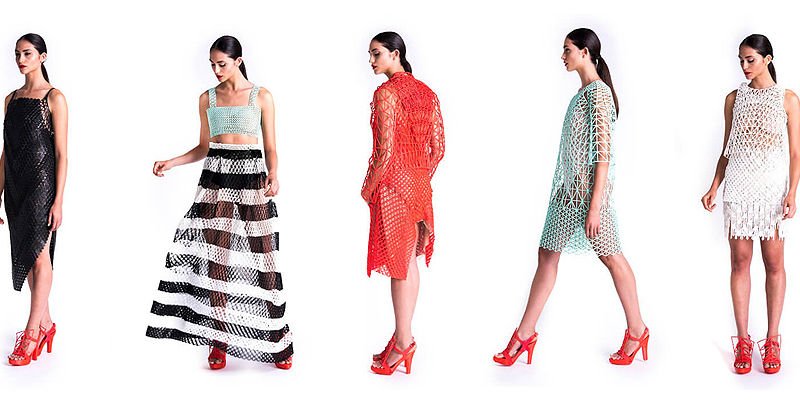
Less comfortable
With most 3D printed garments made from plastic materials, there are difficulties in making them comfortable.
This is most likely the most solvable issue associated with the matter however, as we’re already seeing innovations with flexible and adaptable cross-cut, netted and linked designs, much like the Dita Von Teese dress and Julia Koener’s lace-like costume pieces in Black Panther, as well as the dresses showcased in Iris Van Herpen’s 2013 Voltage collection.
When will 3D printed clothing become mainstream?
It is safe to say that common use of 3D printed clothing, especially on the high street, might not be as far off as you think. Especially when steps in this direction have already been made in the footwear industry.
Take the Adidas Futurecraft 4D sneakers, for example. These ground-breaking trainers were made using a 3D printing technology similar to stereolithography (SLA) by Carbon 3D. The process works by projecting a continuous sequence of UV images, generated by a digital light projector, through an oxygen-permeable, UV-transparent window below a liquid resin bath. Released in 2018, the trainers are now available for mainstream purchase.
- We also have a feature story on 3D printed shoes.

Canadian shoe manufacturer Native Shoes also collaborated with the Self-Assembly Lab at MIT to design 3D printed shoes, using liquid rubber. The stylish ballet pumps were 3D printed directly in a tray containing a reusable water-based viscous gel formula. The use of a 50% recycled ethylene-vinyl acetate (EVA) material also contributed to the shoe’s flexibility.
According to Thomas Claypool, founder of Native Shoes, using 3D printing allowed the company to reduce their stocks and amount of material used. They also aim to introduce a device that allows people to scan their feet in a store or via an app, a concept already realised by Wiivv and many more. This unique and user-friendly system could offer a high degree of personalization, as well as maximum accessibility for each wearer in terms of actively designing their own comfort.
There are also plenty of 3D printed clothes to purchase online if you’d like to try some items out for yourself and have a couple thousand spare. Danit Peleg’s 3D printed jacket is available for $1,500; although if you’d rather not spend the money, but enjoy visualizing the creative process instead, you can make use of her create your own 3D jacket visualization tool, which allows users to customize everything from the colour of the lining fabric to the 3D printed fabric and size of the item.
You can also take part in a virtual try-on session before making a payment, either via email or through an app.
So, while we probably won’t be able to 3D print our own clothes from home this year, it may not be long until we can. Until then, the waiting game commences, but along the way, there could be plenty more creative implementations of additive manufacturing in the fashion industry, especially as we move towards a future of biodegradable and eco-friendly designs.
Companies like Ministry of Supply are at the forefront of this venture, with their sustainable 3D printed knitted blazers proving that, while it may be a few years away, there will soon come a day when someone will compliment your outfit and you’ll be able to say you printed it yourself.
We also have an article on the 2D and 3D fashion design apps available, if you are interested in designing your own 3D printable clothing.

